Tech Series: Optimizing Brake Performance – Part 2
This is Part 2 of our tech series on optimizing brake performance. Check out Part 1 if you missed it. We covered my top ways to make your brakes function properly and stay quiet in all weather conditions – regardless of the rim material you’re using – and for both rim and disc brakes.
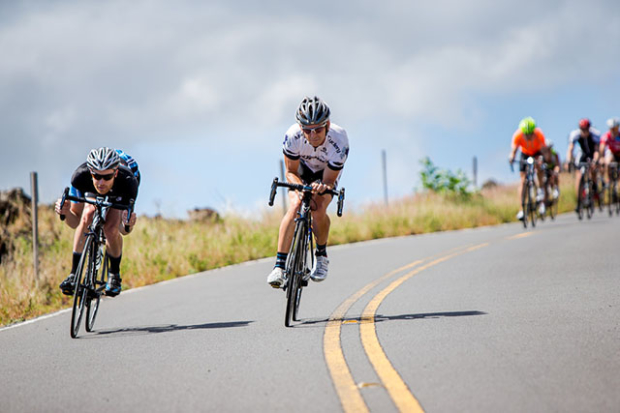
Above image © Eric Wynn
While I’m a seasoned mechanic and athlete, I’m not the source of all bicycle wisdom. In order to find out more about keeping our brakes happy and quiet, I inquired with some of the leading experts on the subject today. First we have Tim Watson from Kool Stop International, a well-reputed manufacturer of aftermarket and OEM brake pads. Second up is Nick Legan, former professional mechanic on the UCI ProTour circuit, author of Gravel Cycling, and contributor to publications such as Adventure Cyclist, BikeRadar, Roadbikereview, MTBR, GearJunkie, and VeloNews. Finally, we round things out with engineer, former Technical Director at Zipp, and current head cheese at Silca, Josh Poertner. Please join me in thanking them, and check out their businesses in the links above!
As a reminder, here is the meat of my e-mail inquiry to each person:
“Of course, these categories are still fairly broad, as not all rims, bikes, or brakes are equal. I’m looking for relatively broad strokes and lessons that the average person can understand. To give a bit of context, I’ve found that rim brakes tend to be quieter than disc brakes, and that pad compound is key. If it’s cold or wet, a softer (rim brake) pad compound usually helps… but if things warm up and dry out, these pads can lead to noise or being too grabby. As such, I’ll change pads for the seasons. With discs, I almost always go with organic/resin pads, because they seem to be quieter in just about any condition, at the expense of the longer life of metallic pads.
Here’s what I’m after:
-Best practices for low braking noise
-Are different pad compounds necessary for best year-round performance, safety, and low noise?
-Does a pad that causes shorter stopping distance always translate to higher braking surface temperatures (i.e. more friction is happening)?
-Anything else you’d like to add?”
Please note that their responses have been lightly copy-edited for clarity.
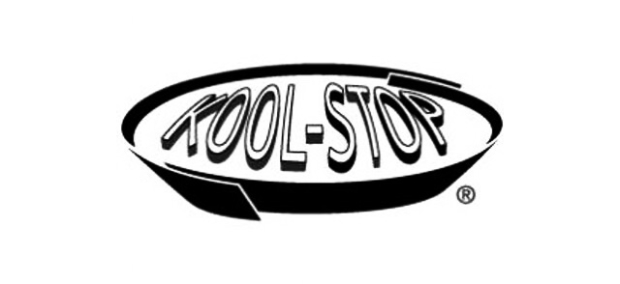
Tim Watson – Kool Stop
Rule number 1, it’s always the brake pad’s fault! [That’s a joke. -Ed]
Let’s start with best practices for low brake noise. Use a high quality brake pad and make sure your entire brake system is functioning properly before every ride. Yes, every ride. Brakes are the most important safety item on your bike and we are not just saying that because we make the best brake pad in the world. Well, ok, we kind of are saying that.
Make sure your pads and rim surface are clean and free of any debris. Isopropyl alcohol works well for this.
As a rule you should set up your rim brake pads with a minimum 1mm of toe-in. More toe-in may need to be added if there is any excessive brake arm flex or worn or sloppy pivot bushings. We have seen new pivot bushings so poorly made that they allow the front portion of the brake pads to lift slightly away from the rim during braking, causing squeal. Poorly made/flexible brake arms will immediately let you know that your brake pads are squeaky.
We have found that the majority of rim brake pads made with low quality ingredients will eventually pull small bits of aluminum from the rim and embed into the brake pad surface. This results in a specific braking sound known in the cycling industry as The Grind. If you have any metal bits imbedded in your brake pad then you are damaging your expensive wheels and annoying other riders in your group. [See the image below for a comparison of a Kool Stop pad with a cheap copy]
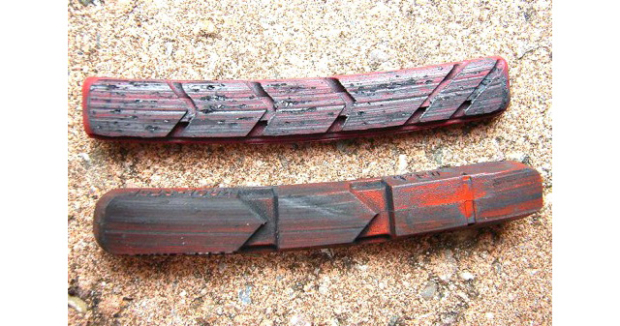
Next, let’s talk pad compounds and year-round performance. Are different pad compounds necessary for different times of the year? Yes, a wet season compound will provide better stopping in the wet but this wet weather pad will also increase braking performance in dry conditions – such as our Salmon or Dual Compound pads. We actually had reports from cyclists who would change brake pads in the middle of a ride if it started to rain!
Anytime you use a high performance brake pad, you are likely to place more force on the braking components which can produce component flex, which in turn can result in brake squeal. Proper toe-in will help eliminate this squeal.
Occasionally we get calls from cyclists who have just installed new Kool Stop brake pads, and they inform us that the rear brake pads are quiet but the front brake pads are squealing. We explain toe-in and high performance compounds but there is no better eye opener than having the rider call us back after they swap the quiet rear brake pads with the noisy front brake pads. The call back is one you never want to miss. Somehow the noisy front pads are performing perfectly quiet on the rear wheel, and the [previously] quiet rear brake pads, now on the front wheel, are [making noise] – telling you that you might have sloppy pivot bushings or your brake arms are allowing enough flex to chatter. The solution is more toe-in or a higher quality brake from a name brand.
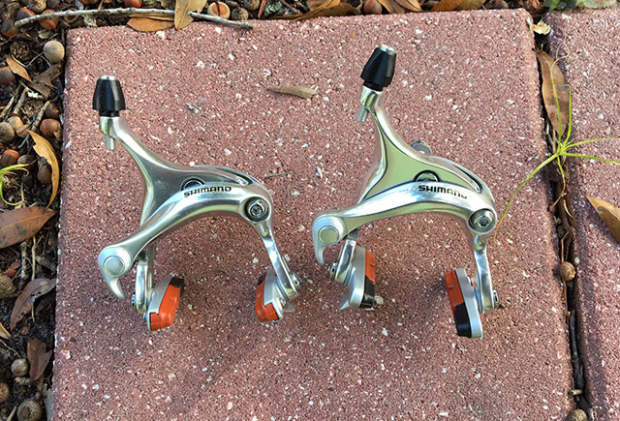
Does a pad that causes shorter stopping distance result in higher braking temperatures? Yes. The key is to grab and release. Give your pads and brake track time to cool. Your pads [and rim] will thank you.
Next, let’s talk rim brake pads on carbon fiber wheels. Please review the proper brake function and cleaning from the earlier section, as all noise reduction techniques used for aluminum wheels are the same when reducing / eliminating noise with carbon wheels.
Carbon components (especially frames and forks) can resonate noise while braking. Glossy resin wheels seem to produce more noise, and in general we find carbon wheels to resonate braking noise more than aluminum wheels. Future discussions regarding carbon wheels will want to be addressed in another article covering pad wear on new wheels verses worn brake tracks, changes in carbon weave, lot changes in resin, and rider braking technique.
Finally, disc brakes. Bedding in new disc pads is a good practice which will add to the life of the pad and reduce the possibility of noise. Hours can be spent on YouTube watching brake pad bedding in videos over the snowy winter. Disc brake systems need to be properly aligned with the rotor and maintained through the life of the pad. Similar to rim brakes, carbon forks and frames can result in harmonic disc braking noise. A true / straight rotor will help reduce noise.
—
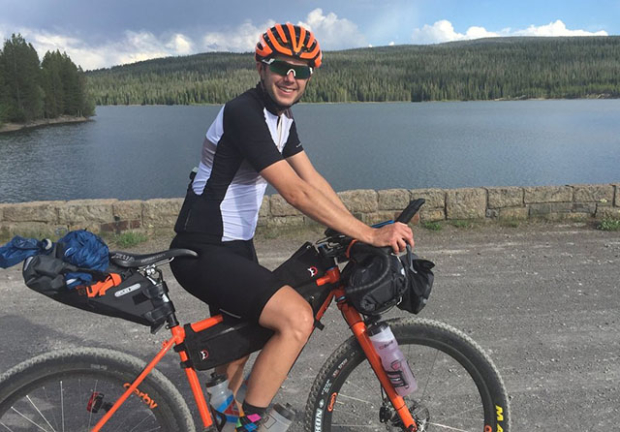
Nick Legan
My take on brake noise is that it’s often due to an incompatibility of some sort, be it a rim/pad mismatch or a poor material selection for the given conditions.
For rim brakes, especially carbon ones, I have almost always had the best luck with the manufacturer’s recommended pad. If nothing else, it maintains the warranty. If you experience problems with a carbon rim, I recommend contacting the manufacturer so that they can help with setup and you’ll have any experimentation on the record with the rim’s maker.
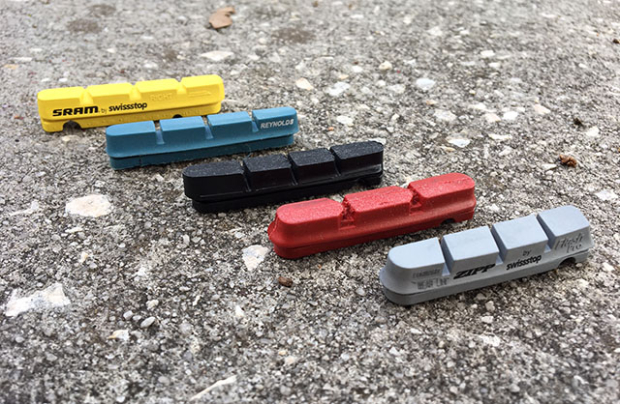
On aluminum rims, it’s important to routinely check your brake pads for contamination. It’s quite common for small flecks of aluminum to become embedded in the pads. Remove these with a pick and/or sandpaper.
It’s interesting to hear that you always use organic or resin pads on your disc brakes. I’m just the opposite. I usually can’t wait to install a set of metallic or sintered pads on nearly any disc brake. I find that they have a stronger initial bite and, as you mention, certainly last longer, especially in wet conditions. I don’t notice noise too often with either set up though. I’m willing to bet that some of this has to do with me living in an arid climate while you’re in a wetter area. So perhaps, our recommendations should have a regional application.
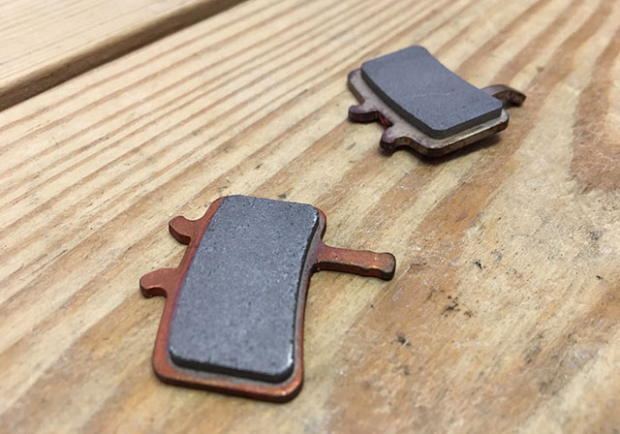
Best practices for low braking noise:
-First off, use compatible components. This sounds obvious but I’ve seen a lot of silly combos before. Use SRAM rotors with SRAM brakes, Shimano with Shimano. I know there are other options on the market but the upsides rarely outweigh the decreased stopping power or increased noise.
-Keep your bike clean. Any brake, rim or disc, will work better if your bike is clean. When you clean your bike, especially with disc brakes, avoid getting solvents on your rotors and pads. Soap and water is fine, but be stingy and precise when applying degreaser.
-Ensure that disc brake rotors are true. If you get a warped one, or damage one in a crash or during shipping, replace it. Once a significant bend is in a rotor, it’s nearly impossible to get it out.
-Bleed disc brakes annually even if you don’t experience problems. Hydraulic disc brakes, while wonderfully reliable, do require maintenance.
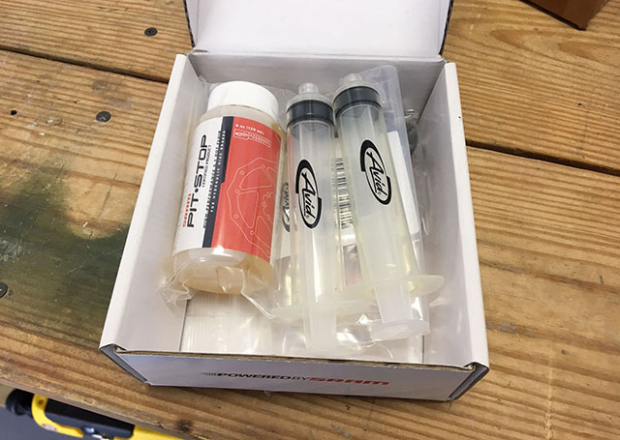
Are different pad compounds necessary for best year-round performance, safety, and low noise?
-Yes and no. Again, I think this is regional. If you’re in a wet area there are better pads for durability and wet weather performance. In the summer you may want dryer condition pads. If you live in an arid climate you might be just fine with one setup all year.
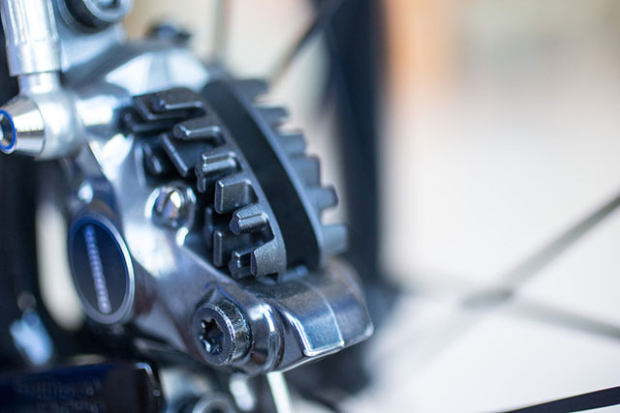
Does a pad that causes shorter stopping distance always translate to higher braking surface temperatures (i.e. more friction is happening)?
-From what I understand of physics, the answer is yes. Braking is an act in changing kinetic energy into heat. And while this is important, just as important is how quickly the system resets by dissipating heat. That performance can vary widely. Ideally the heat is dissipated quickly via the pads material and the rim’s internal void and materials (in the case of a rim brake). Rotors with multiple materials and fins help cool a disc system. Larger rotors are also helpful here. Likewise, you’ll see heat sinks and cooling fins built into brake pads and calipers. (For an example check out the longer banjo fitting on a Saint brake versus the inline connection of a Shimano road disc brake).
There you are! There is certainly more to be said on the matter, but I’m sure your other sources will fill in the empty spaces.
—
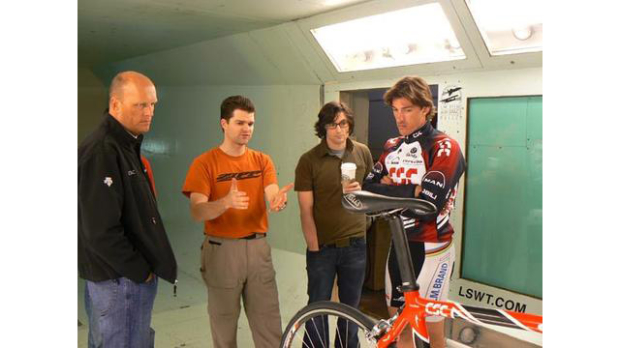
Josh Poertner – Silca
[This is one additional comment I made in an e-mail to Josh:] ”Personally, I really like Kool Stop stuff in general, and they are the only company I know of with 4 different rim brake compounds for carbon rims, so you can really tune the feel for different conditions.”
Agreed, I really love the pads we did with KoolStop [at Zipp]; they had the best feel and no noise, but just wore out too quickly for most consumers. The pads we did with them contained 20% by weight PITCH based Carbon fiber in 5mm chopped lengths. This is the most thermally conductive material on earth and is the stuff that F1 discs are made entirely from… it's also about $200 per pound for long fiber and as much as $600 per pound for woven fabric. Their salmon pads are phenomenal in the rain or cold but are just too aggressive on carbon rims for hot use.

Best practices for low braking noise
Braking noise, or at least squealing and chatter are highly correlated to pad durometer or hardness for a given rim. On aluminum rims, the rim surface is very consistent and has a very consistent coefficient of friction, so pads were generally optimized for this and pad manufacturers could fly pretty close to the sun in terms of compound, because a machined Mavic rim was not really any different from a machined Campagnolo rim.
For those of us who were around when machined sidewall rims first emerged, we remember that [older] pads had been developed for hard anodized rims… and those rims were hard anodized over a lightly glass bead blasted rim surface, so while you didn't have the geometric consistency, the rims had a bit higher Cf… so the pads tended to be a bit milder. I clearly remember the first Mavic SUP rims I ever built… I was on some Campagnolo Omega's which had very good braking performance… and rolled down my driveway (which was pretty steep) and went shooting into the street! Fortunately, the tech eventually catches up and now people generally consider machined sidewall aluminum to be the gold standard.
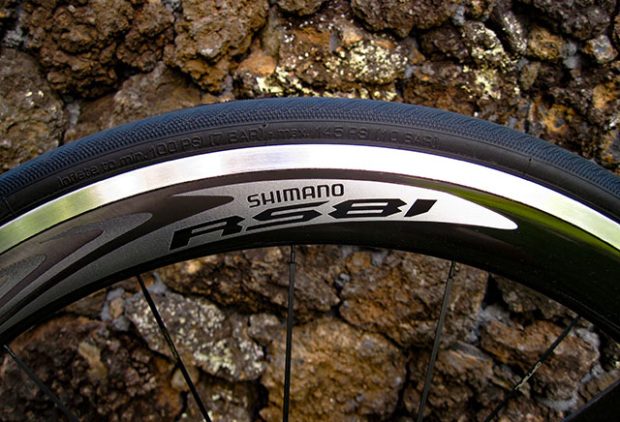
Brake shoe toe is key, I still use the credit card trick on my own setups. Loosen the pad, align it with the rim and place a credit card under the last segment of the pad… generally 10-12mm inward from back of pad, and apply the brakes. This will give you 3-4 degrees of toe in. Lightly tighten the pad, then maintaining the alignment, completely tighten the pad. If everything is tight and your pad is appropriate for the rim, this will eliminate any noise or squeal. It also buys you some additional modulation when braking. If you're still getting noise you need different pads.
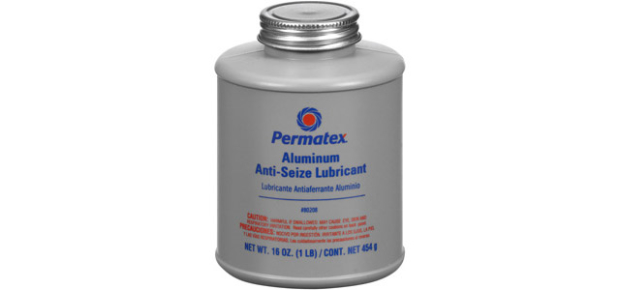
Of course, disc brakes are a whole other animal! I've found with cars and bikes that a lot of the weird noises come from the backside of the pad or the return spring interface. I really like to use a thermally conductive/high temp grease on that.. Permatex makes an anti-seize that won't migrate and can handle way more heat than the brake will ever see. The key, of course is to not get it on the business side of the pad or the rotor.
Are different pad compounds necessary for best year-round performance, safety, and low noise?
Ideally yes. The car racing guys had this figured out 40 years ago and we continue to be in denial about it in our industry because people don't want to deal with the hassle of changing pads. The reality is that braking is all about heat, and whether it's disc brakes or rim brakes, the ambient conditions play a huge role. Remember the [Milan-San Remo race] a few years back, where it was like 1 degree C with freezing rain and the riders were threatening to mutiny over the inability to stop.
We took a ton of heat from our teams at the time, as did all the wheel companies, but the reality is that modern high performance braking systems are designed to handle heat… so they need to be hot to really work well, and when you can't get them hot… like an onslaught of nearly freezing water coating the system, they can't do what they are designed for. Conversely, if we gave them a pad for those cold, wet conditions it would be way too grabby and aggressive in the hot. This is why pads for aluminum rims are so grabby on most carbon rims, aluminum rims have heavier/thicker brake tracks that get less hot for the same energy input, so the pads are designed to operate at cooler temperatures and generally have a higher coefficient of friction than those designed for carbon.
Personally, I solve this problem by only riding when the weather is really nice, but if I were racing or running a service course for a pro team, we'd have at least 2 pad options as I'd rather deal with cranky mechanics than cranky riders.
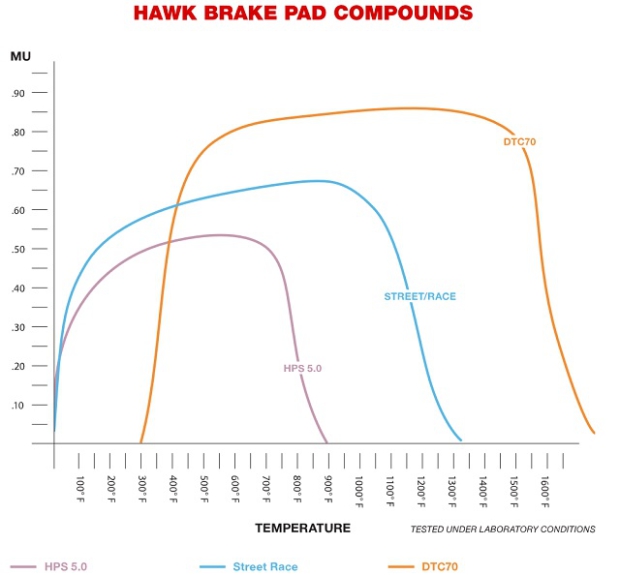
Complicating this further is the fact that both the rim/disc surface and the pad material have Coefficients of Friction that vary with temperature… so you need pad materials that have appropriate Cf at ambient to make the initial friction to get hot enough to have the optimal Cf at operating temperature… there just aren't materials that are 'optimal everywhere'. The best graphic I found on this is from Hawk Racing (automotive brake pads.) Mu is Cf… you can see that for different standard compounds, the Mu goes from near zero at ambient temperature and climbs through a curve and peak before falling off at some higher temp. For racing pads, everything is optimized for high temps, but you have ZERO Mu below 300!!! Great example of this can be seen when Richard at TopGear gets to drive the Beneton F1 car… he can't get on the brakes fast enough or hard enough… so they just don't work at all.. until they suddenly do and he's sliding. For us non-racecar drivers, the idea that you smash the brake fully as you are lifting on the throttle just isn't normal, but it's necessary to make the damn things work.
Does a pad that causes shorter stopping distance always translate to higher braking surface temperatures (i.e. more friction is happening)?
Basically yes. I must have done 4-5 interviews last year when the Alto wheel test came out, and the thing we all need to remember is that braking is reverse power. In fact, if you test a car engine for horse power you do it on a 'dyno' which is slang for what engineers call a 'brake test dyno' (there are other types as well, but this is what's used for car engines, and this machine couples the engine to a large, variable brake mechanism, generally using fluid brake. The power is calculated from the amount of torque then engine can generate against the brake at a given RPM).
Anyway, the simplest way to think about this is using energy states. If you have a rider on top of a hill standing still, that rider has potential energy… think of this like a soapbox derby. The rider is released by a mechanism and as she goes down the hill the potential energy is turned into kinetic energy. Now some of this is lost to rolling resistance and aero, but if we forget about those for a minute, the physics tell us that with no external energy put into the system the energies must balance. So 1000J (joule) of potential energy can become 1000J of kinetic energy. This is the basics of the math behind how we calculating race times using aero and friction data, the power on one side of the equation has to balance with that on the other. In our ideal world where this rider has traded her 1000J of potential energy for 1000J of kinetic energy… if we want to stop this rider we need to do it by converting 1000J of kinetic energy into something else – which in this case will be heat. So when a company says that they have a tech that rejects heat, or doesn't get hot, or whatever, you have to ask 'where's it going?' because that energy has to be turned into something and heat is darn near the only option here (yes, you could use aero brakes or magnets or something to turn it into some other form of energy, but those aren't options here).
So for stopping distance you have to think of dumping this fixed amount of energy in terms of time (you could also look at it in terms of distance of brake-surface-traveling-through-the-pads during a stop). If you did the test in a vacuum with perfectly insulated brake track and rim, the final results would be the same regardless of distance, but in reality, the heat conducting within and between components and the surrounding airflow is moving and is able to convect heat away from the system. So if it takes 4 seconds to stop versus 8 seconds, you need 2x the braking power (again, in our ideal system) to stop in half the time. So the system heats much more rapidly as energy is being converted to heat at 2x the rate.
The other factor that makes all this so complicated is called Specific Heat Capacity, which is the energy it takes to raise the temperature of 1 gram of material by 1 degree Celsius. For aluminum this number is 0.896 J/gC. Because of the relationship here involving mass we can back of the envelope say that if a brake track weighs half as much, it will get 2x as hot when replicating the identical stop. There are a million other complications here we can go into if you want, but these are the basics. At Zipp, we tackled this by trying to add thermal conductivity to the pads so they could better transfer heat to the brake calipers, by adding stuff to the rims to make them more thermally conductive (carbon does not like to transfer heat as aluminum does), we tried various aero concepts on and around the pads, made pads with larger surface areas to spread the heat over more rim surface (again because carbon doesn't conduct heat well) and we added things to increase the heat capacity of the pad and the epoxy resin in the rims.
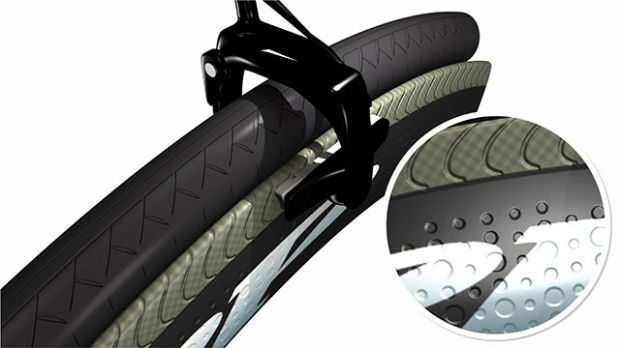
If you want to spread this out or go deeper, John Fearncombe works at SILCA, and he's the guy that build the Chariot of Fire machine which has become the basis for new testing protocols within the industry. After he left Zipp and before joining SILCA, he developed test equipment for ENVE including their brake test machine. We actually gifted the specs for the Zipp test to the industry through the WFSGI before I left Zipp as the melting/exploding carbon clincher thing had gotten to be a big enough problem that there was real fear in the industry that they might be banned from racing (they had been banned from Levi's gran fondo and others). Andrew Truemper works here too, I think it was after your time at Zipp, but he and I are the patent inventors of the 2 technologies that merged to become the Zipp show stopper technology, which is a combination of directional grooves on the rim matched to a specific brake pad design to create forced convection within the boundary of the rim/pad interface… as well as a silicon carbide microsphere-loaded epoxy resin which increases heat capacity of the resin while increasing Cf of the rim surface and increasing wear by ~500%, which keeps the rim grooves from wearing away.
—
We hope you’ve enjoyed this series on modern brake tech. While it’s a very involved topic, there are some relatively easy things you can do to keep your bike stopping safely without too much noise. If you have other tips and tricks, please feel free to mention them in the comments below.


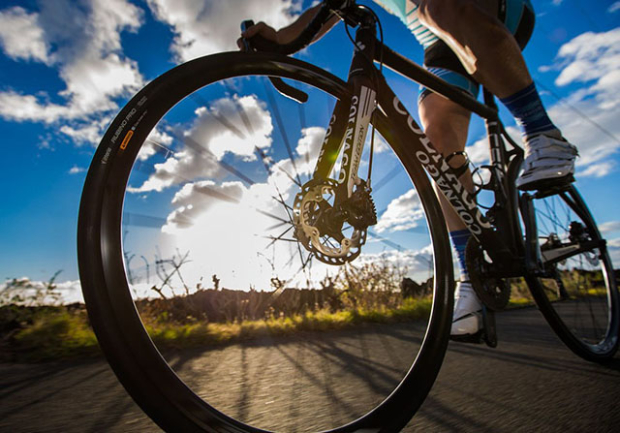
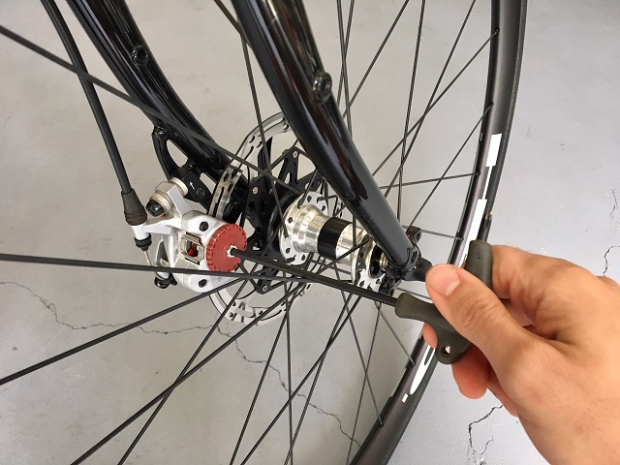
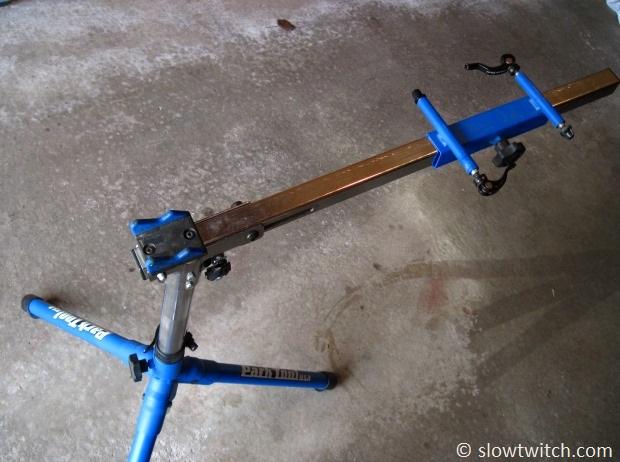
Start the discussion at slowtwitch.northend.network